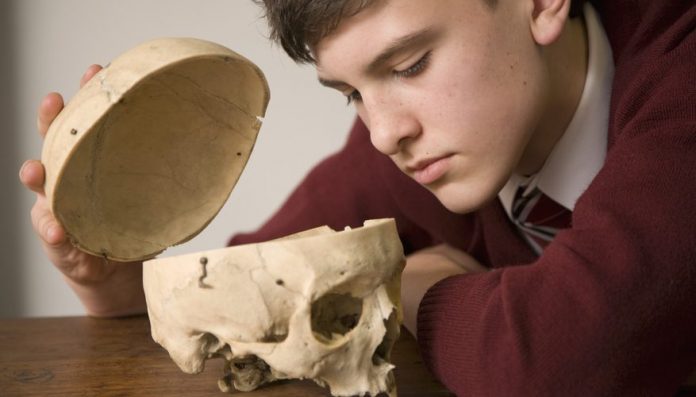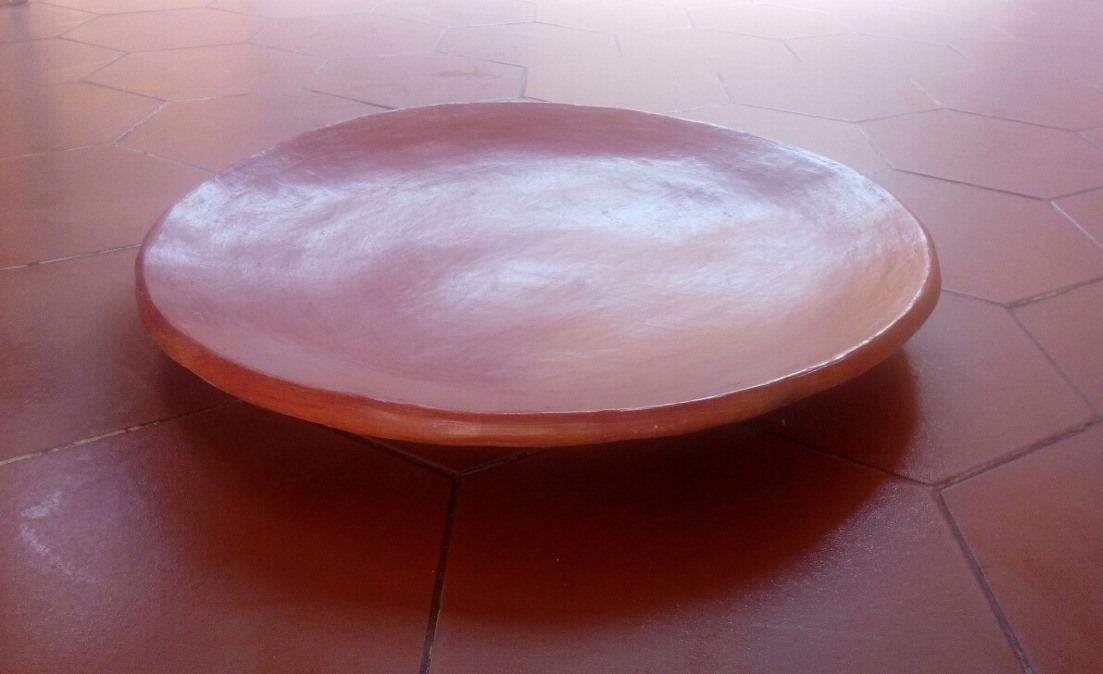So that the Paleo Amerindian societies were highly mobile, moving on the earth as well as on the sea (along the coasts). Their material legacy, which includes stone, bone, ivory and wooden works, is indicative of groups with a family, clan or tribal organization, living by hunting, fishing and gathering, but devoting themselves also to artistic and ritualistic activities.
The cultural diversity and similarities of these groups can determine a lot regarding their origin and path used to reach our island. These characteristics were reflected, especially in the way they buried their dead, having distinctive shovel incisor teeth, the shape of their bones- their skulls and their jaws and their tool-making abilities. Because there are a variety of structural and dimensional differences between skulls of different races, careful inspection and measurements have been performed on numerous parts of the skull to aid in an accurate characterization. The length and width of the skull, shape of the eye orbits, the size and shape of the nasal openings, the shape and slope of the nasal bone above the opening, and general slope of the skull from forehead to chin are all important in determining race.
The study of bones or Osteology is the scientific study of our skeleton, practiced by astrologists and a sub discipline of anatomy, anthropology, and archaeology. Osteology is a detailed study of the structure of bones, skeletal elements, teeth, microbone morphology, function, disease, pathology, the process of ossification (from cartilaginous molds), the resistance and hardness of bones (biophysics), etc. often used by scientists with identification of vertebrate remains with regard to age, death, sex, growth, and development and can be used in a bio-cultural context.
Various archaic sites are present on our island. Some are stone quarries, shell maidens and gathering locations, while others where single graves, family or clan cemeteries and natural shelters. From the burial sites we can obtain a great deal of information regarding these early peoples especially through their bones. One of these single graves site was discovered at Piedra di Warawara, in 1976. Sabania Abao, Santa Cruz Single male shovel incisors, approx. 37 at age of death, laying North beneath a diorite bolder in a crouch position on his right side, cranium resting in right hand, a microscopic red ocher pigment present on skull.
In Canashito, five (5) Paleo Aruban burials were excavated at Seroe Canashito in Aruba by A.D.Rigma in 1950. The bone material, the notes and drawings of this relatively well documented investigation were published by Wagenaar Hummlinck (1959) and Tacoma (1959). It is most interesting to compare the drawings made by Rigma with the data of the Malmok burials.
Rigma excavated one cluster of 4 burials, at a distance of 5m from the cluster in a limestone opening. No stones are described to have been found on top of the dead bodies, but skeleton one was associated with a large limestone rock near the cluster of 4 burials, near one particular grave. The deceased were buried in a crouched position. It is interesting to note how they were buried at an angle of 90 degrees.
At Malmok cemetery, combinations of 2 graves at cross angles have been attested several times: they always contained a male and a female skeleton. Unfortunately, only the sex of one grave at Canashito is known to be a male and one of the skeletons seemed to be a short person.
Three of the bodies at Canashito had their heads resting in their hands in a similar fashion as most of the dead at the cemetery at Malmok and the grave at Piedra di Warawara. The burial cluster in Canashito is especially interesting when compared to the cluster of Malmok.
The Malmok site is situated at a distance of 200m South and 300 m North from the sea, parallel to a former saliña or salt -lake. The site shares its sandy subsoil with the salt-lake. Limestone is found below the sand in the site. This limestone is part of the Lower Terrace Formation. It was formed during a period of a rising sea level. The limestone emerged by the subsequent lowering of the sea level and tectonic uprising. Most of the area of the Malmok site is flat terrain near the saliña. However, some low dunes exist in the western part of the site.
A few graves were found in the dunes, at a level slightly above that of the plain. This means that the dunes were already present in the period of the burial activities at Malmok. The burials in the flat section of the site and in the small low dunes and their relationship to the present surface suggest that the surface at Malmok was essentially the same in prehistory as it is today.
Source; Island Insight column by Etnia Nativa




















